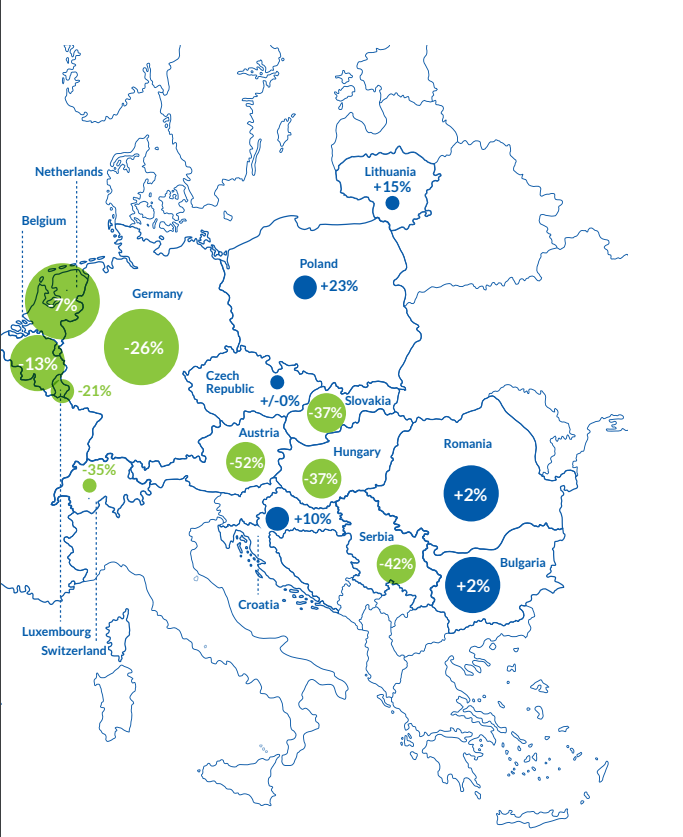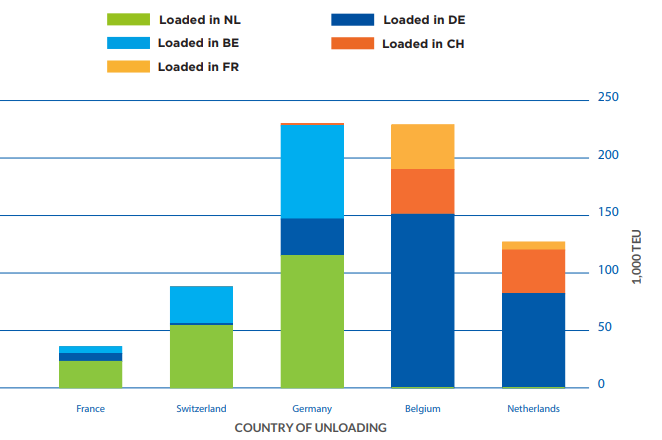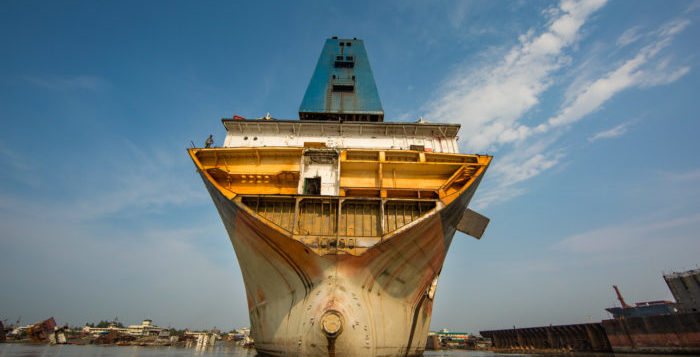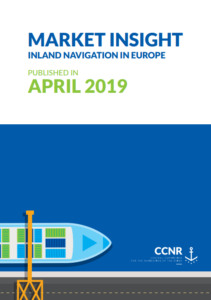The Central Commission for the Navigation of the Rhine (CCNR) has published the new Market Insight report April 2019, concerning the European inland traffic report, for year 2018. The report gives updated figures about operating conditions and various kinds of freight.
The image below, presents in blue, the positive rate of change in Q3 2018 vs Q3 2017, and in green the negative rate of change in Q3 2018 vs Q3 2017.

Due to the long-lasting and extreme low water situation in Europe in summer and autumn 2018, transport fell in many parts of Europe in Q3 2018, but there were some exceptions.
On the lower Danube, which has a share of 75 % of total Danube transport performance, the result was higher (+2 %). On the Middle (-38 %) and Upper Danube (-48 %), however, the decline was considerable. The lower Danube (Romania, Bulgaria) was able to perform well because the draught of inland vessels was not restricted by the available water depth due to the river-sea-character of the fairway between the port of Braila and the Black Sea.
On the traditional Rhine, 1.76 million TEU were transported in the first three quarters of 2018. The intensity of container transport hereby differs according to the stretches of the Rhine. The highest intensity is on the Lower Rhine section, with 1.73 million TEU. On the Upper Rhine, 0.67 million TEU were transported2. Where do these containers come from and where do they go? The following figures shed light on this topic.
It can be observed that containers are sent from German, Swiss and French Rhine ports to the seaports in Belgium and the Netherlands. For container transport on the Upper Rhine, Belgian seaports receive more TEU from the hinterland than Dutch seaports. On the Lower Rhine, the lead of Belgium is small, but still exists for container export traffic coming from the hinterland.

In addition, the report highlights that 80-87% of all containers loaded in French, German and Swiss upper Rhine ports are filled with goods.
Low waters affected vessel s’ loading degrees and cargo transport to a different degree, depending on the regions.
On the Upper and Middle Rhine (between Basel and Cologne), vessels’ maximum loading degrees fell to levels between 40 % and 50 %, while they remained above 60 % for the Lower Rhine (between Cologne and Duisburg).
Additionally, the Austrian and Hungarian Danube were less affected by low waters, in comparison to the German Danube.
Freight rates on the Rhine and the Danube rose strongly due to the decrease of the available effective transport capacity. However, for vessels operating in the Netherlands, where the low water period was less severe, the price increase was very limited.
Concerning the loading degrees, the maximum degrees differ according to vessel type and the location of a river. For instance, the report states that the vessels’ loading degrees were most impacted by low water levels during the fourth quarter of 2018.
For more information, click on the PDF herebelow































































